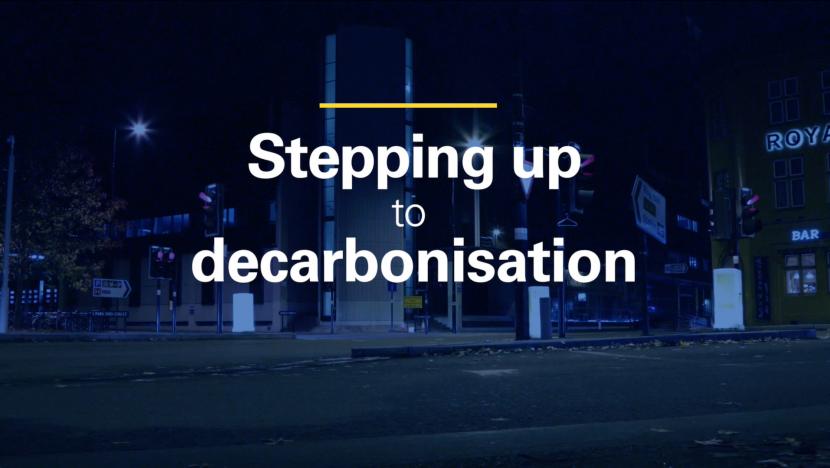As we gear up for this year's UN climate change conference in Poland - COP24, Matthias Maedge, IRU’s lead in Brussels, explains the complexities facing the industry in its bid to decarbonise. We need to step up to the challenge intelligently, and with awareness of the full impact of different options.
There is no question that we need to reduce the amount of carbon dioxide we pump into the world’s atmosphere. Transport provides around 23% of all CO2 emissions and, while road transport is only a part of that, we can do more.
Commercial road transport operators also have an inherent interest in reducing their fuel consumption: it currently accounts for 30% of their costs.
Geopolitical instability, oil and price fluctuations provide added reasons to invest in finding alternative fuel solutions.
What are the numbers?
At this point, I could start going into statistics. We could rehearse historical trends. We could go into the fine detail of how much carbon dioxide, and other pollutants, a particular truck produces per kilometre, depending on the weight it’s pulling.
We could also go into projections: exactly what impact those emissions have, what the world’s temperature will be in X years’ time, based on current carbon dioxide emissions levels, and therefore what impact each action will have.
The problem with this approach is that you become stuck either in fine detail or in the heated debate about anthropomorphic climate change. The bigger picture is where we have started: we need to reduce our carbon dioxide emissions. The related big question is, of course, how?
Sadly, there is no simple or quick answer, especially in the context of growing demand for road transport.
Well or tank?
We firmly believe the discussion should be around well-to-wheel, not tank-to-wheel. What does that mean?
Let’s start with tank-to-wheel. It’s tempting to fall into the trap of, for example, thinking electric vehicles are the perfect solution. They produce no tailpipe emissions, they’re quiet, they’re efficient.
But that ignores a large chunk of the equation, which is where well-to-wheel comes in. What is the manufacturing cost, both financial and environmental? The current generation of batteries uses rare earth minerals that need to be extracted from vulnerable landscapes that provide habitats for vulnerable species, for instance.
What impact do reduced range and increased re-fuelling times have on the end cost for the customer? Are enough charging stations available, for example on new routes in remote parts of the world? How clean is the electricity production? Do you want your truck powered, ultimately, by an old-fashioned coal-fired power station?
And while electric vehicles may be a great solution for some shorter trips, the size of batteries is currently preventing them from being a serious solution for long-haul transport.
With current technology, a 12 tonne battery would be needed for long-haul journeys but this would reduce the payload so much that it becomes commercially unfeasible. A combustion engine using bio or e-fuels (gaseous and liquid) is currently a more viable and greener choice for heavy vehicles.

